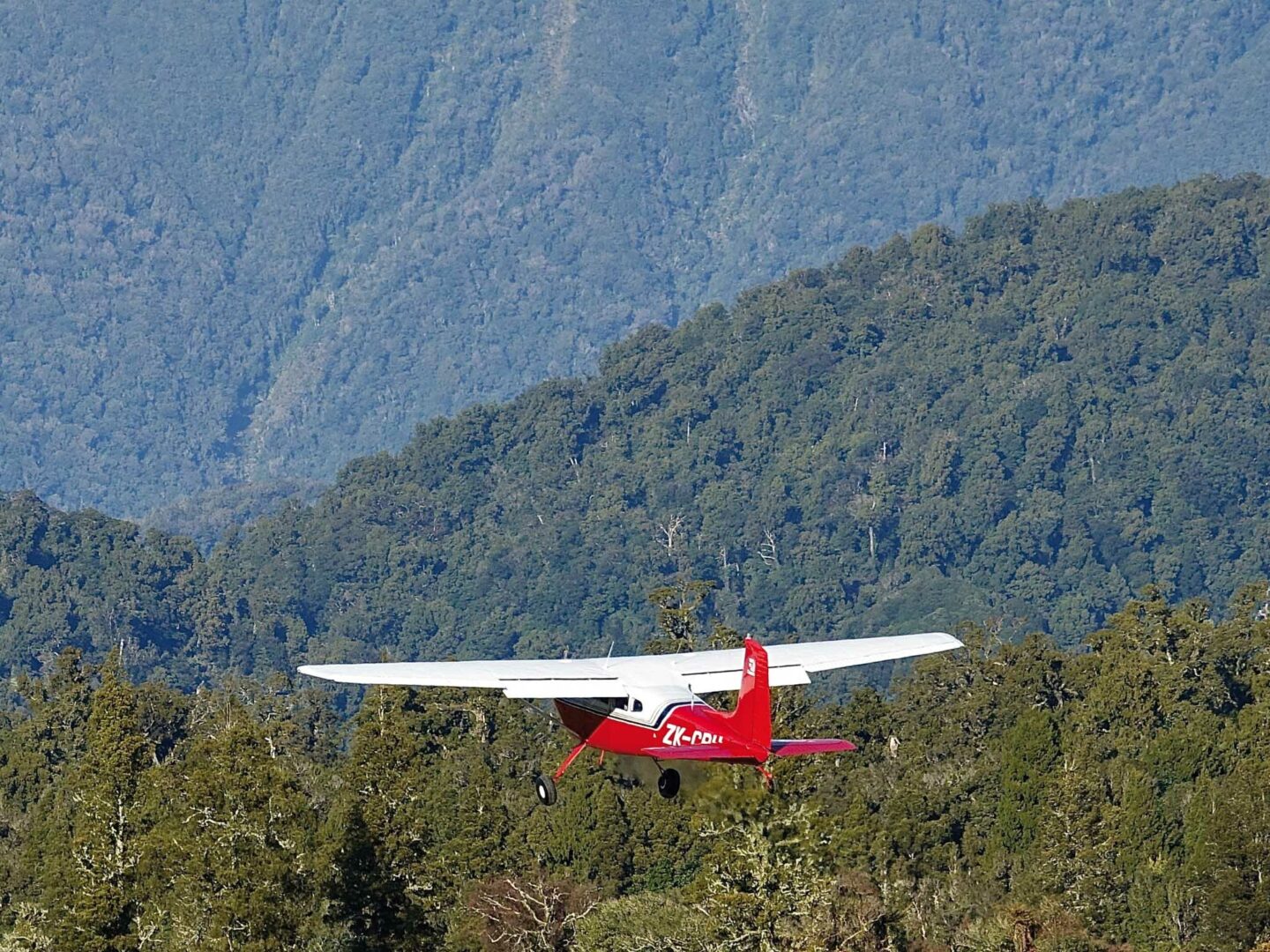By Ivor Yockney
I was holding off writing this column until after the Haast Winter Fly-in to see what I might add from that but, by all accounts, the bulk of the weekend worked perfectly and the level of airmanship shown by participants was fantastic.
So, on that note, this issue’s safety column leads on from the last topic of following the Civil Aviation Rules, knowing them and complying with them. But many aspects of flying behaviour are not Rules-based, not requiring compliance but rather relying on good safe practices, every time. What I am alluding to is perhaps better encompassed by the word ‘airmanship’ – if I may be forgiven that somewhat dated term.
Good airmanship is not just a measure of skill or technique, but also a measure of a pilot’s awareness of the aircraft and the environment in which it operates, and includes a realistic assessment of your own capabilities.
The three fundamental principles of airmanship are skill, proficiency and the discipline to apply both in a safe and efficient manner. Discipline is the foundation of airmanship and the focus of this column. Discipline, to me, is about doing things right and doing it right every time, no matter how small that process appears to be. That means not cutting corners or becoming slack in your daily flying routines and pre-flight planning. By creating a thorough process as a habit or routine, it becomes second nature to always do it right. This may eventually pay dividends on a day where something else goes wrong, you are tired or distracted, but you have already, by habit, plugged many of the possible holes in the ‘Swiss cheese’.
We learn while moving through the stages of aviation experience: the more we experience, the more we learn (and realise we didn’t previously know!). Everyone makes mistakes, that’s a given. Some of us learn through others’ mistakes; some of us make mistakes, learn and never repeat those mistakes; others continually make mistakes and don’t seem to learn from them.
We (as predominantly private GA pilots) will no doubt depart from the initial training scene and start developing our own habits. It is where those habits start to deviate from what is considered good airmanship that we start to see issues.

Sometimes it takes longer to do things right. An example in my group on the Saturday of the mid-winter fly-in was one pilot making sure he did a low level overfly of a strip on his side to have a good look at it, rather than just following in with the others. While everyone seemed comfortable just joining into the strip, which in itself was fine, it struck me that this pilot had his own habit and discipline for joining a new strip and maintained that discipline despite all the other aircraft largely joining straight in – which was great to see.
A few examples of airmanship qualities I have recently noticed not being observed include failing to get an aviation weather forecast – a proper aviation forecast (MetFlight) will give you a much clearer picture of your route and intended destination than just a look outside and looking at a few webcams. Likewise for NOTAMS: they’re there for everyone’s safety and it only takes a couple of extra minutes to check the NOTAMS; in fact those using EFBs have all the information available under a single pre-flight tab if you are logged into IFIS and MetFlight.
Another example is chatter on 119.1 – the unattended aerodrome frequency. There is scope for another article on this, as CFZs are not a thing for the most part of Class G airspace. Suffice to say, it’s not the frequency to discuss where you’re all going for dinner… it’s amazing what you hear up at 10,000ft monitoring 119.1!
Some poor airmanship examples are simply due to naivety and lack of experience, and more experienced pilots need to take this into account before berating a newbie. As a newly minted pilot I once fired up a plane in front of the engineers’ hangar and blew prop wash all through the maintenance facility; very much a sign of poor airmanship. The pleasant engineer (a recent recipient of the AOPA maintenance facility award) quickly reprimanded me. While at the time it was embarrassing, I was glad he pulled me aside as it is something I have since always been conscious of in every start up and taxi situation.
Although hard on the ego, learning through mistakes, and especially being ‘pulled up’ about something, should be taken as an opportunity to learn rather than seen as someone just ‘having a go’ at you. It is likely equally as hard for a bystander or pilot to approach and comment on your airmanship as it is to accept the constructive reprimand. This is something the Safety Group at AOPA is aware of and we have taken members comments on board to be more proactive in this space.
To continually improve airmanship you need to think of the bigger picture and remain disciplined, accept we all make mistakes, try not to repeat mistakes, learn from experiences, and make your own habits (that do not cut corners). While we were only made aware of a couple of examples of poor airmanship at Haast (not doing things correctly on more than one occasion) there were many examples of great airmanship. Pilots were patient, had the information required, observed the arrival procedure and, from all accounts, flew in a way that allowed everyone sharing the airspace to enjoy their weekend as well.
This article first appeared in the Spring 2021 edition of Approach Magazine, the dedicated magazine of AOPA NZ, which is published quarterly.

